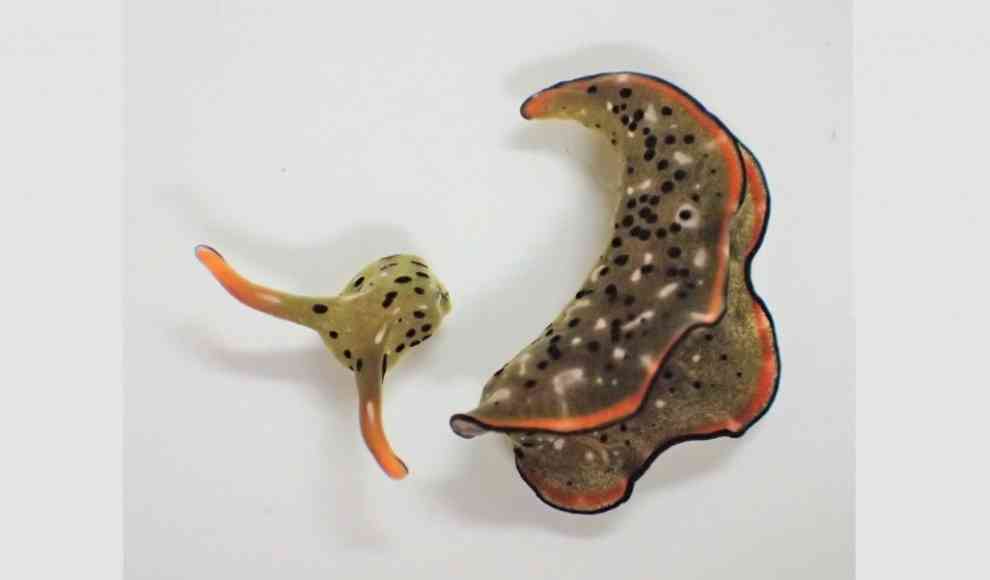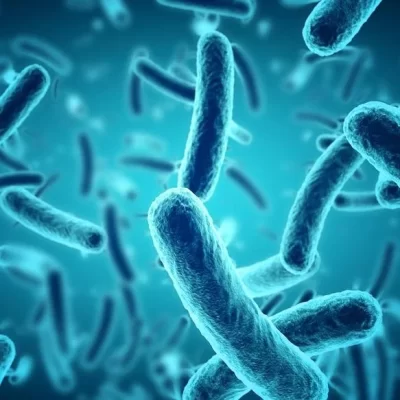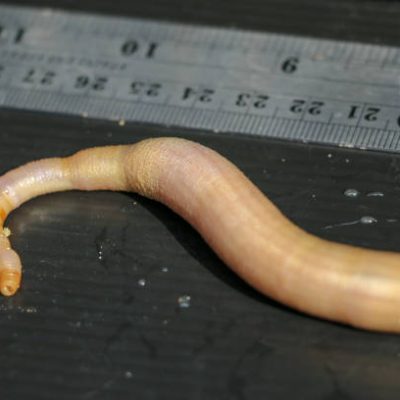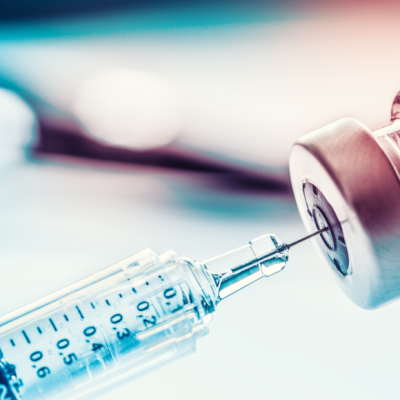In a surprising discovery, scientists at Nara Women’s University in Japan have found that Sacoglossa sea slugs from the Elysia genus have the ability to regenerate their entire body, including their organs. These creatures are able to shed their lower body, including their heart and other organs, and grow a new one from their head. The researchers stumbled upon this phenomenon while studying the kleptoplasty of the slugs, which involves them integrating the photosynthetic organelles of algae they consume into their bodies. The slugs can then use light to generate energy and survive without additional food.
During laboratory experiments, the scientists observed one of the slugs’ heads separating from its body and moving independently. They then investigated this previously undocumented phenomenon and found that it was possible in the Elysia atroviridis and Elysia marginata species. These slugs have a “seam” in their neck area that allows them to detach their lower body. The separated body part dies, while the head continues to live and grows a new lower body with all its organs. This process takes only about a week and can occur multiple times during the slugs’ lives. However, they lose this regenerative ability after 480 days.
The researchers suspect that the slugs may amputate their lower body as a form of “medical amputation” when infected with parasites, rather than as a distraction mechanism like lizards shedding their tails. The exact processes that enable this unusual regenerative ability are still unclear, but the scientists believe that stem cells in the lower part of the head may play a role in rebuilding the rest of the body. They also suggest that the ability to generate energy through photosynthesis is crucial, as the slugs can survive without digestive organs.
Further studies will be conducted to uncover the exact mechanisms behind this remarkable ability.
Sayaka Mitoh










